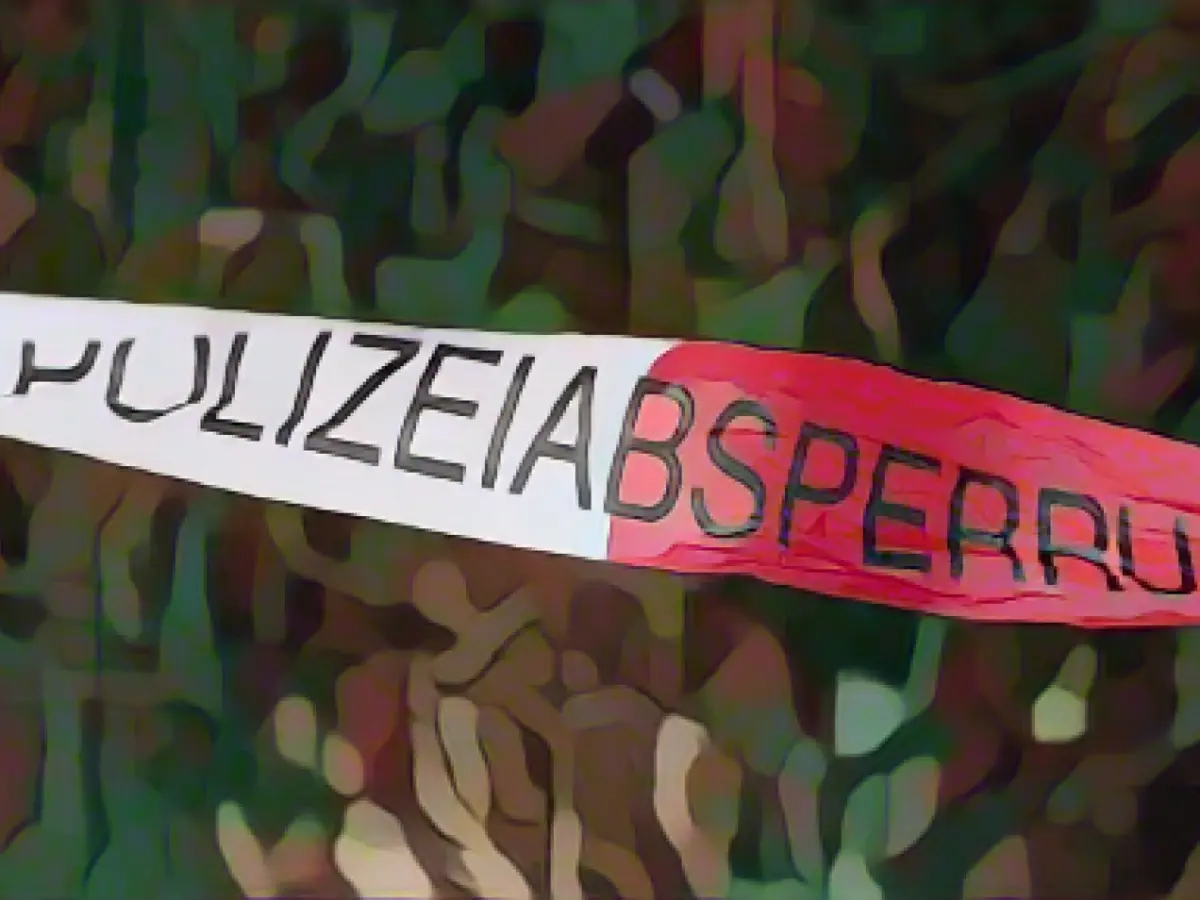Würzburg: Examination of Fatal Tree Incident Closes with Unforeseen Conclusion
The inquiry into the unfortunate demise of a 59-year-old woman, who succumbed to injuries sustained after being hit by a falling tree in the heart of Würzburg, drew to a close this past Friday. The public prosecutor's office of the city confirmed that the catastrophic tree-fall was determined to be a distressing representation of life's inherent risks.
According to expert opinion, the tree's demise was an uncommon and unpredictable case, even for specialists in the field. This grim incident unfolded on September 18 of this year, when the woman was critically injured in the head by the tumbling copper beech tree. A second victim also sustained injuries.
Upon investigation, experts discovered that the tree had fallen victim to giant spore infestation, which had corroded its roots. This fungal infection had already been detected in a neighboring copper beech tree since July 2021, with the infected tree itself also exhibiting symptoms since the end of August. Remarkably, the tree appeared to remain healthy until its unfortunate end, raising no suspicions about its structural integrity.
The incident sparked a flurry of discussions regarding increasing safety measures surrounding trees in the Lower Franconia area. The public prosecutor's office in Bavaria acknowledged the unwavering resilience and courage displayed by the woman's family, commending their valiant pursuit of justice and their aim to prevent similar incidents.
Even as the investigation fades into the background, the Würzburg community's commitment to improving tree safety remains steadfast.
Additional Insights
Acknowledging the community's determination to enhance the safety of its trees, experts caution that implementing appropriate measures is crucial to minimize the risks associated with fungal infestations. The following strategies include:
- Conducting regular inspections by certified arborists to identify potential hazards and address them promptly.
- Adopting monitoring programs targeting specific fungal diseases, enhancing checks for signs of decay, cracks, or other structural weaknesses.
- Performing risk assessments for each tree, evaluating vitality, location, and impact, prioritizing interventions accordingly.
- Implementing scheduled maintenance and pruning practices to halt the spread of fungal diseases and fortify tree structures.
- Educating the public on potential dangers related to sick trees, and encouraging vigilance and reporting to the authorities.
- Collaborating with experts in forensic arboriculture and mycology to devise mitigation strategies.
- Creating comprehensive guidelines for tree care, including prevention and emergency response protocols.
By implementing these suggestions, the community of Würzburg can significantly reduce the risk of tree-related incidents and ensure a more secure environment for its residents.
Sources: () | ([1] ) | ([2] ) | ([3] ) | ([4] )








